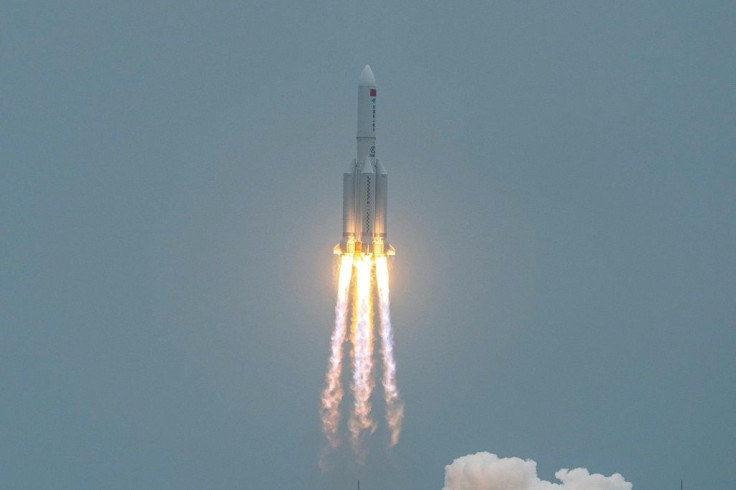Space Debris Is Polluting Our Atmosphere: Researchers Look For Ways To Reduce Impact
KEY POINTS
- Low-melting point materials like aluminum will completely demise on reentry if improperly shielded
- The best bet to combat space debris is to de-orbit it to safer regions
- Nations that launch space missions export risk to other nations where the rockets fall on reentry
Space junk from reentering satellites, rocket parts and other spaceflight flotsam is increasing pollution in Earth's atmosphere. Researchers are trying to mitigate this by coming up with innovative solutions.
One such organization aimed at reducing the impact of space debris is a California-based nonprofit company, The Aerospace Corporation. The company has formed a Space Safety Institute (SSI). Among other things, SSI is focused on launch and reentry safety, and "Design for Demise" is an area getting particular attention.
"The goal for Design-for-Demise concepts is to use materials and design concepts in the construction of space hardware so that the hardware will demise in a controllable fashion during reentry," said William Ailor of The Aerospace Corporation. "Ideally, the hardware would be reduced to a cloud of very small particles that would not be harmful to people on the ground or to an aircraft."
Space junk threat: Researchers working to reduce impact of falling debris https://t.co/UqsylHgXtH pic.twitter.com/JE21htNCBI
— SPACE.com (@SPACEdotcom) September 7, 2022
Analysis of space debris shows that low-melting point materials like aluminum have the capacity to completely demise, if not shielded by other substances, according to Ailor. Hence, the use of these materials for external and core structures will be of great help in assuring that the internal parts are quickly exposed, when subjected to a high heating condition.
Meanwhile, components that have a higher melting point can withstand reentry. Materials like titanium and stainless steel have been recovered on the ground, Ailor said, adding, "Designs that expose high-melting-point materials to high temperatures directly for long periods will help."
However, Ailor said that the safest bet would be to de-orbit space debris to safer regions where no aircraft or people on the ground would be hurt on reentry.
While oceans do cover 75 percent of the Earth's surface and most space junk ends up in the water, it does not assure safety from the threat of debris hitting land.
In a study published in Nature Astronomy, researchers analyzed three decades of data to adjudge the risk to human life from uncontrolled reentry of the debris back into Earth's atmosphere.
They found that the nations who launch space missions export risk to other nations where the rocket lands on reentry.
In a separate study, a team of researchers analyzed the association between rocket launches, space debris and global climate.
They determined that even if a rocket was not burnt up on reentry, the atmosphere still gets polluted by nitrogen oxides (NOx) which are produced by the materials at high temperatures.
"NOx contributes to the depletion of ozone in the stratosphere, where ozone protects us from harmful ultraviolet radiation from the Sun. There are also likely other pollutants formed from the combustion of the rocket material, such as alumina (Al2O3) that also depletes ozone and at a faster rate than NOx," study co-author Eloise Marais, an associate professor of physical geography at UCL said as per Space.com.
"In essence, we need more sustainable solutions for dealing with space debris," Marais added.

© Copyright IBTimes 2025. All rights reserved.





















